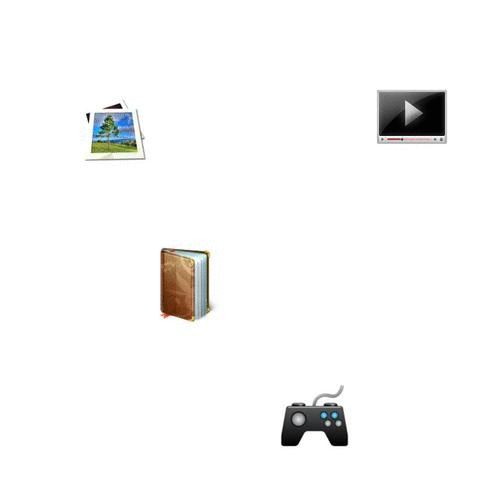Collaborative Filtering (CF)-based Recommendation Task
(Redirected from Collaborative Filtering-based Recommendation Task)
Jump to navigation
Jump to search
A Collaborative Filtering (CF)-based Recommendation Task is a data-driven relevance scoring task that accepts a user-item interaction dataset.
- Context:
- Input: User-Item Interaction Data.
- It can be solved by a CF-based Recommendation System (that implements a CF-based recommendation algorithm).
- It can be a Collaborative Filtering from Implicit-Feedback Task (Pan et al., 2008, Hu et al., 2008).
- Example(s):
- Counter-Example(s):
- See: Trust-based Recommendation Task.
References
2017
- (Wikipedia, 2017) ⇒ https://en.wikipedia.org/wiki/collaborative_filtering#Introduction Retrieved:2017-7-31.
- The growth of the Internet has made it much more difficult to effectively extract useful information from all the available online information. The overwhelming amount of data necessitates mechanisms for efficient information filtering. Collaborative filtering is one of the techniques used for dealing with this problem.
The motivation for collaborative filtering comes from the idea that people often get the best recommendations from someone with tastes similar to themselves. Collaborative filtering encompasses techniques for matching people with similar interests and making recommendations on this basis.
Collaborative filtering algorithms often require (1) users' active participation, (2) an easy way to represent users' interests, and (3) algorithms that are able to match people with similar interests.
Typically, the workflow of a collaborative filtering system is:
- A user expresses his or her preferences by rating items (e.g. books, movies or CDs) of the system. These ratings can be viewed as an approximate representation of the user's interest in the corresponding domain.
- The system matches this user's ratings against other users' and finds the people with most "similar" tastes.
- With similar users, the system recommends items that the similar users have rated highly but not yet being rated by this user (presumably the absence of rating is often considered as the unfamiliarity of an item)
- A key problem of collaborative filtering is how to combine and weight the preferences of user neighbors. Sometimes, users can immediately rate the recommended items. As a result, the system gains an increasingly accurate representation of user preferences over time.
- The growth of the Internet has made it much more difficult to effectively extract useful information from all the available online information. The overwhelming amount of data necessitates mechanisms for efficient information filtering. Collaborative filtering is one of the techniques used for dealing with this problem.
2016
- http://ampcamp.berkeley.edu/big-data-mini-course/movie-recommendation-with-mllib.html
- QUOTE: … to make personalized movie recommendations tailored for you. We will work with 10 million ratings from 72,000 users on 10,000 movies, collected by MovieLens. This dataset is pre-loaded in the HDFS on your cluster in /movielens/large. For quick testing of your code, you may want to use a smaller dataset under /movielens/medium, which contains 1 million ratings from 6000 users on 4000 movies. …
2013
2008
- (Pan et al., 2008) ⇒ Rong Pan, Yunhong Zhou, Bin Cao, Nathan N. Liu, Rajan Lukose, Martin Scholz, and Qiang Yang. (2008). “One-Class Collaborative Filtering.” In: Proceedings of the 2008 Eighth IEEE International Conference on Data Mining. ISBN:978-0-7695-3502-9 doi:10.1109/ICDM.2008.16
- QUOTE: Many applications of collaborative filtering (CF), such as news item recommendation and bookmark recommendation, are most naturally thought of as one-class collaborative filtering (OCCF) problems. In these problems, the training data usually consist simply of binary data reflecting a user's action or inaction, such as page visitation in the case of news item recommendation or webpage bookmarking in the bookmarking scenario.
2004
- (Cohen, 2004) ⇒ William W. Cohen. (2004). “Collaborative Filtering: A Tutorial." DIMACS Tutorials on Social Choice and Computer Science
1992
- (Goldberg et al., 1992) ⇒ David Goldberg, David Nichols, Brian M. Oki, and Douglas Terry. (1992). “Using Collaborative Filtering to Weave An Information Tapestry.” In: Communications of the ACM Journal, 35(12). doi:10.1145/138859.138867
- QUOTE: … Tapestry was designed to support both content-based filtering and collaborative filtering, which entails people collaborating to help each other perform filtering by recording their reactions to documents they read.
